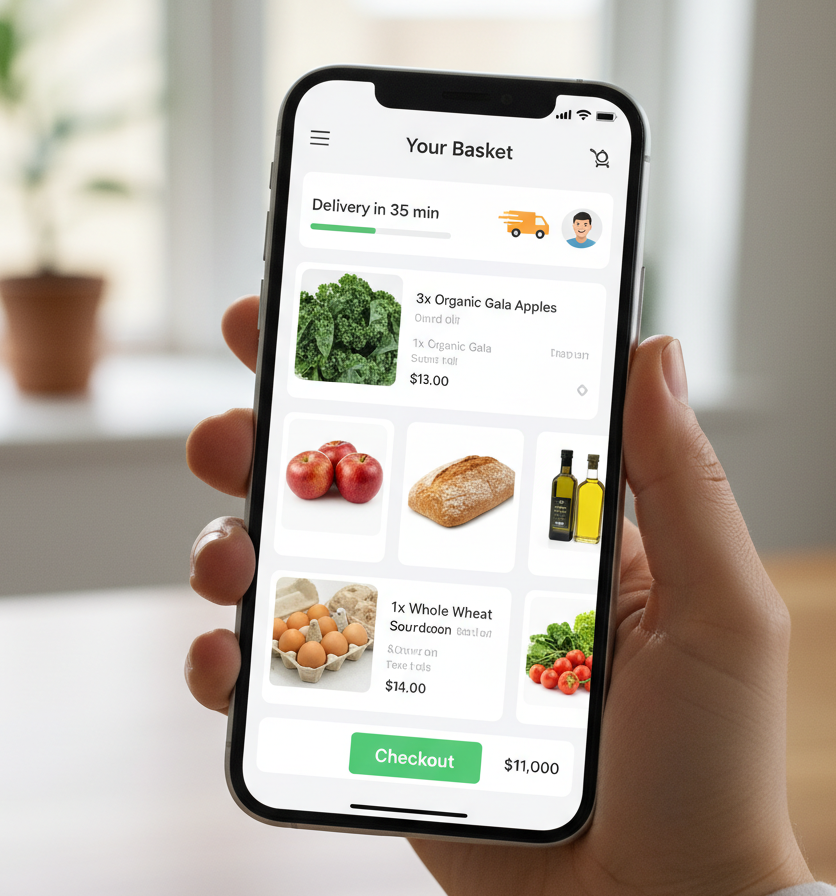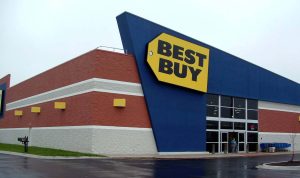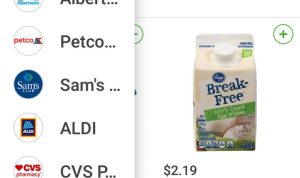The way we buy food has undergone a seismic shift. For centuries, the ritual of going to a market, selecting produce, and haggling with vendors was a cornerstone of daily life. Then came the supermarket, a marvel of modern convenience that consolidated our shopping needs under one roof. But now, in the 21st century, technology has ushered in the next great revolution: the rise of online groceries and food delivery. This digital transformation is not just a passing trend; it’s a fundamental change in how we access, purchase, and consume the very sustenance that fuels us.
The allure of online grocery shopping is multifaceted. For many, the primary driver is convenience. Imagine a busy parent juggling work, school runs, and household chores. The thought of adding a trip to the crowded supermarket, navigating long aisles, and waiting in a checkout line can be daunting. With online platforms, this entire process is streamlined. You can build your shopping list from the comfort of your couch, during a lunch break at work, or even late at night when the kids are asleep. A few clicks and taps on a smartphone or computer screen are all it takes to have your pantry restocked. The goods are then packed and delivered directly to your doorstep, saving precious time and effort.
Beyond convenience, online transactions offer a new level of access and variety. Traditional supermarkets, while vast, are limited by their physical space. Online platforms, however, are virtual storefronts with theoretically limitless shelf space. This allows them to offer a much wider range of products, from niche organic brands and exotic imported ingredients to specialized dietary items for those with allergies or specific health needs. For people living in rural or food-desert areas, where access to a diverse selection of fresh produce or quality products is limited, online grocery delivery can be a lifeline, bridging the gap between their community and a world of culinary options.
The transition to digital transactions is also empowering consumers with better information and control. When you shop online, product details, nutritional information, and customer reviews are just a click away. You can easily compare prices across different brands, discover new products through personalized recommendations, and track your spending in real time. Many apps also help you manage dietary restrictions and calorie counts, making it easier to stick to health goals. This transparency and data-driven approach puts the consumer in the driver’s seat, allowing for more informed decisions about what they buy and eat.
The logistics behind this digital ecosystem are a marvel of modern technology. Behind every successful online grocery store or food delivery app lies a sophisticated network of supply chain management, fulfillment centers, and delivery services. Orders are received digitally, a process that triggers a complex chain of events. Automated systems and trained “pickers” gather items from warehouses or dedicated store sections. The items are then carefully packed, often with temperature-controlled packaging for fresh and frozen goods, and routed for delivery. The rise of sophisticated delivery tracking, often with real-time GPS updates, means customers can watch their order’s journey from the store to their front door, adding an extra layer of transparency and peace of mind.
Of course, the growth of this industry hasn’t been without its challenges. One of the biggest concerns for consumers is the issue of product quality and freshness. While many companies have implemented rigorous quality control measures, the act of “trusting” someone else to pick your tomatoes or choose your avocado is a hurdle for some. Companies are constantly innovating to address this, using high-resolution images, detailed descriptions, and even offering satisfaction guarantees. Another challenge is the environmental impact of increased packaging and last-mile delivery vehicles. The industry is responding by exploring sustainable packaging alternatives, optimizing delivery routes to reduce carbon emissions, and investing in electric vehicle fleets.
Looking ahead, the future of online groceries and food transactions is poised for even more innovation. We are already seeing the emergence of AI-powered personalization, where algorithms predict your shopping needs before you even realize them, creating a truly frictionless experience. Subscription models for recurring items like milk, eggs, or coffee are becoming more common, automating the chore of remembering to reorder. The integration of smart home technology could one day allow your refrigerator to automatically add items to your virtual cart when they run low.
In conclusion, the shift to online groceries and food transactions is far more than just a new way to shop. It’s a reflection of our fast-paced, digital-first world, where convenience, choice, and efficiency are paramount. It is a testament to the power of technology to simplify our lives and reshape even the most fundamental of human activities. While the traditional trip to the market will always hold a certain nostalgic charm, the digital pantry is here to stay, offering a world of culinary possibilities right at our fingertips. As this trend continues to evolve, it will undoubtedly redefine our relationship with food, making it more accessible, more transparent, and more connected than ever before.







